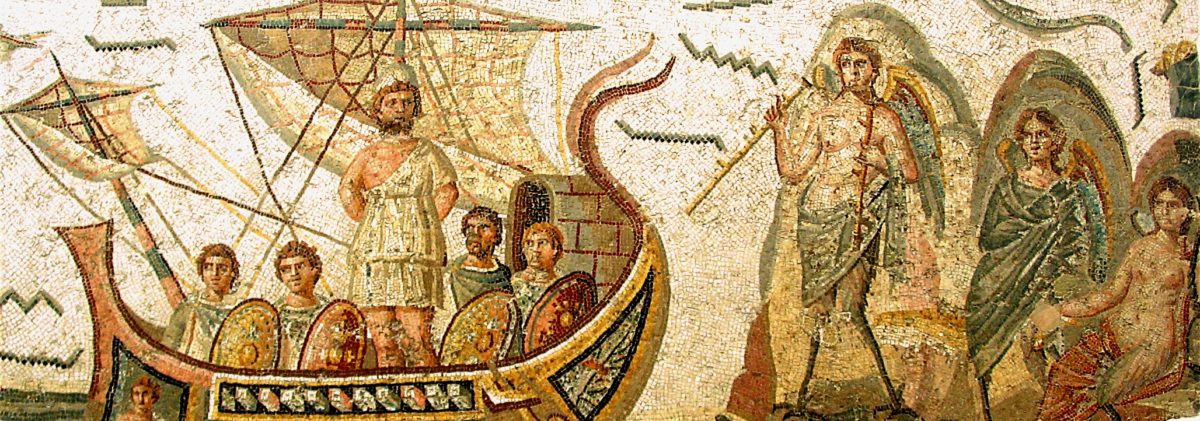On 10 August 2021, the website Greek Reporter published an article written by a contributor named Philip Chrysopoulos titled “Archaeologists Claim They’ve Discovered the Trojan Horse in Turkey.” The article claims that archaeologists have discovered the remains of a wooden structure inside the ancient city of Troy that they think is the actual Trojan horse. On the same day, The Jerusalem Post copied Greek Reporter’s story, publishing their own article titled “Did archaeologists find the Trojan horse?” that cites the Greek Reporter article as its only source.
The problem is that the whole story is a steaming pile of horse manure. The Greek Reporter article contains obvious signs that it is a deliberate hoax written in order to attract views in order to drive up ad revenues. By publishing this ridiculous, easily debunked story, Greek Reporter and The Jerusalem Post are both showing that, at the very best, they do not conduct even the most basic fact-checking or source verification and that they are not trustworthy news sites.
Continue reading “No, Archaeologists Have Not Found the Trojan Horse”









